When Roto launches an innovative new product, it is just the start of an ongoing project of continuous reassessment and improvement. We spoke with Chris Cauwenberghs, our Head of Product Adaptation and Product Marketing for Western Europe to find out more.
Hi Chris. What type of product improvements can customers expect in the near future?
“In general, the trend you will see more is our engineers working to create synergies between product groups. In other words, common components and the use of the same technology for multiple applications. This brings the hardware systems more into line with each other.

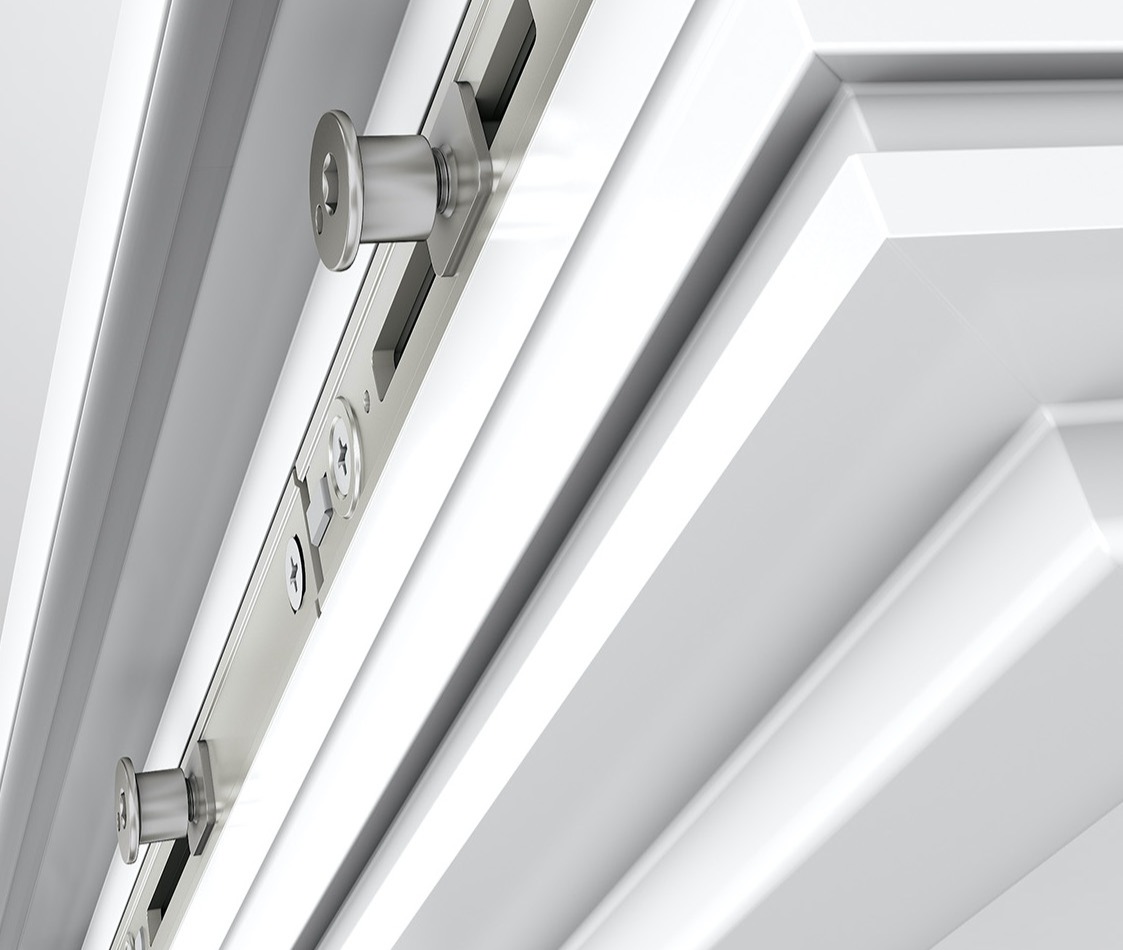
We have seen a lot of this coming from the Tilt&Turn programme, where a technology is carried across to Sliding and Door systems. We are moving as much as possible towards universal components and technologies for multiple hardware systems
There are obvious advantages for us because it helps to control our production costs and means we can invest even more in research and development. There are big benefits for window and door manufacturers too because it helps to simplify everything. When shared components and the same fabrication techniques are being used on several product groups, it becomes easier to purchase, process and install the hardware. The reduction in complexity makes everyone’s life easier.”
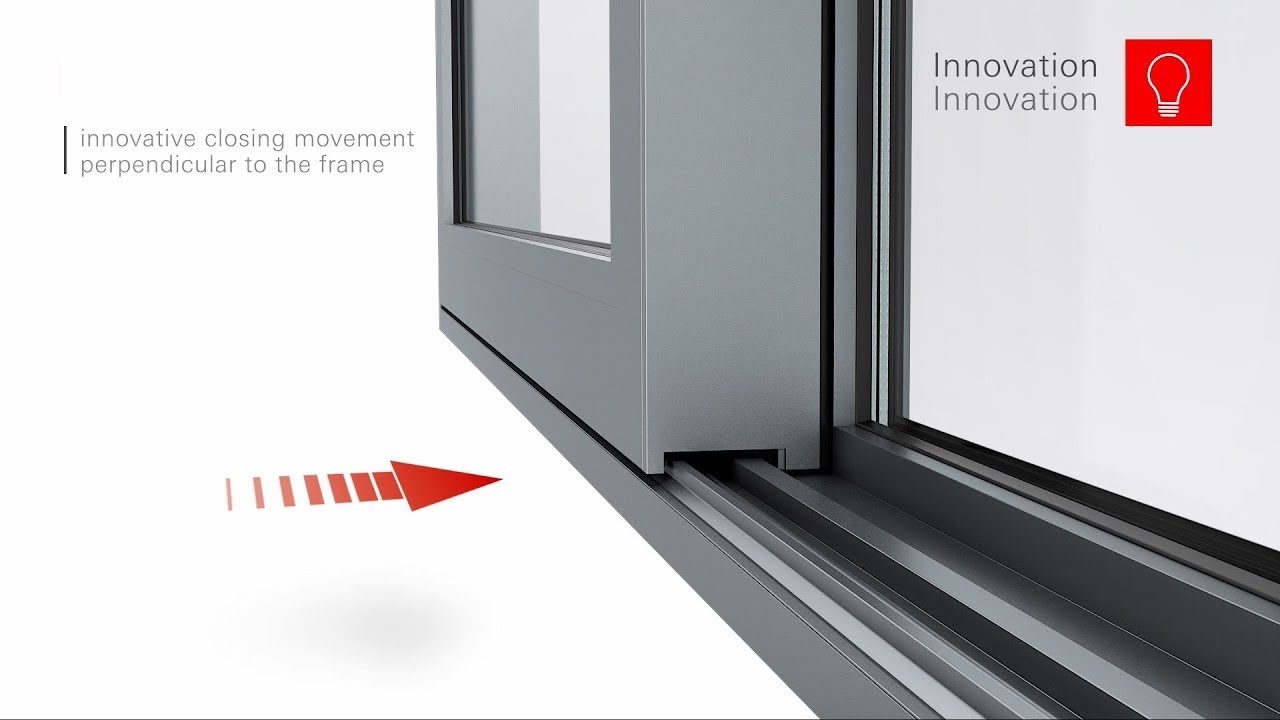
Sometimes Roto makes a new product that shakes up the market, and then soon starts working on the next version. Is Patio Inowa 400 a good example of this?
“Absolutely. A very good example, because we have seen how this product has already outperformed other sliding systems in the market in terms of its weather-sealing and energy efficiency. Also, with its very light operating forces it is just incredibly easy for people to use.
Patio Inowa has become the core sliding system for us, so we are seeing the expansion of this technology to cover other sliding requirements. Now we have this version with a maximum sash load of 400 kg, hence the name Inowa 400.”
How did the new system come about?
“It’s a combination of us following trends in the marketplace to predict where demand will come from in future, plus of course staying in contact with our customers and finding what new business opportunities they wish to develop. From this comes a product adaptation with a purpose, because we know we are evolving it to suit the market.”
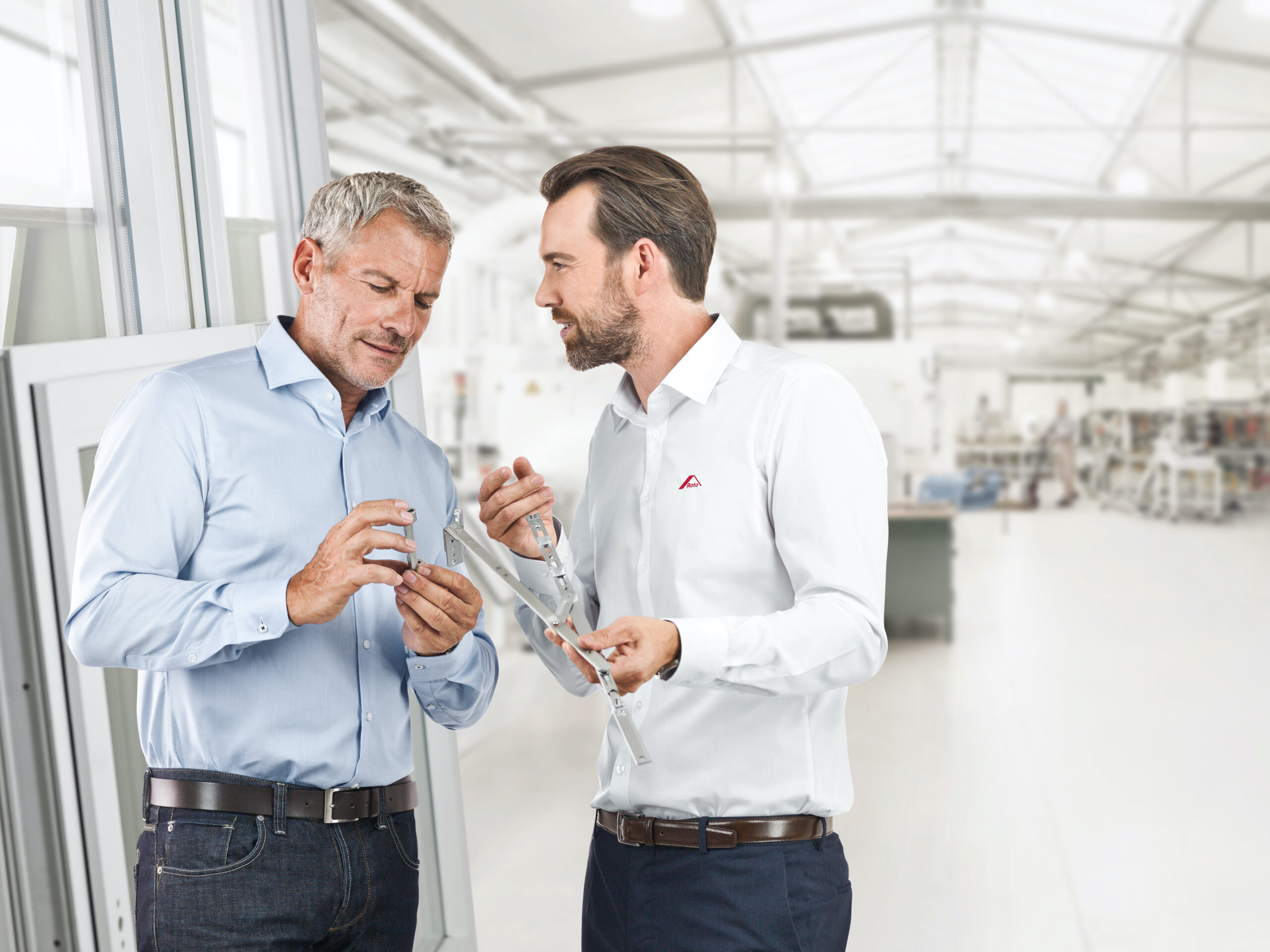
“Patio Inowa has become the core sliding system for us, so we are seeing the expansion of this technology to cover other sliding requirements. Now we have this version with a maximum sash load of 400 kg, hence the name Inowa 400.”

What are the main reasons for developing Patio Inowa 400?
“The success of the original Inowa created further demands from the customer base. Mainly, to be able to go bigger and retain the performance and smooth operation. Energy efficiency is the big driver. Everything is going in the environmental direction and governments are supporting home improvements as a way of reducing carbon footprint.
Energy efficiency of windows has reached a plateau. You can only make very tiny improvements in this area if you already have modern windows. But many sliding systems are still way behind what Patio Inowa can achieve. Sliding units are often a “weak link” for heat loss, so a highly energy efficient system like Inowa can make a big difference.”
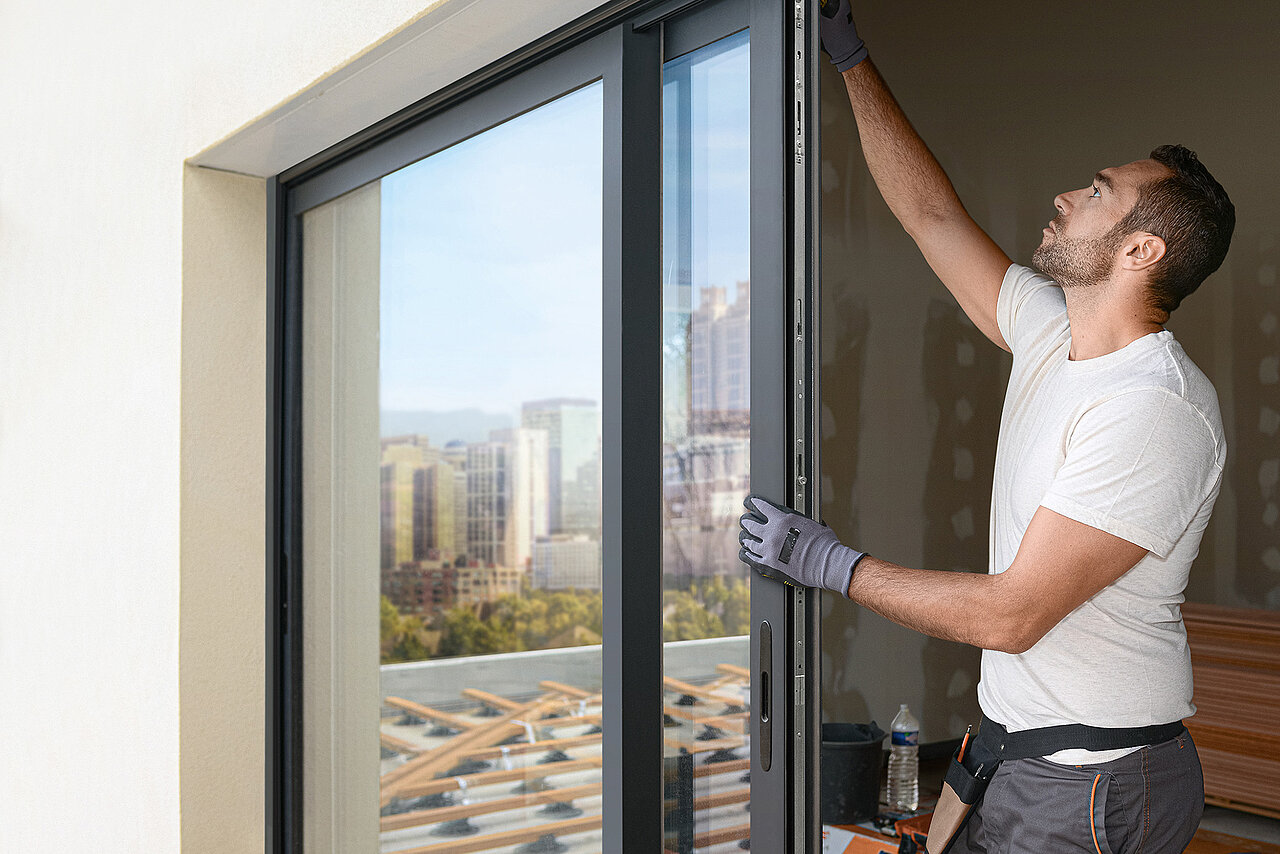
The doubling of the maximum sash load from 200 to 400 kg is significant. How have the Roto design engineers achieved this?
“The team always set out to adapt only what is really necessary, therefore much of the system remains identical. The main change is the upgrading of the rollers top and bottom. We also adapted the centre closers: the cams now have roller bearings. In fact, every component that plays a role in the displacement of the sash now has roller bearings rather than the sliding or gliding type. This makes the system so smooth, it actually outperforms the original version, even at the heavier loads. I must say our engineers and R&D team did a fantastic job. My advice to people is go and try it for yourself.”
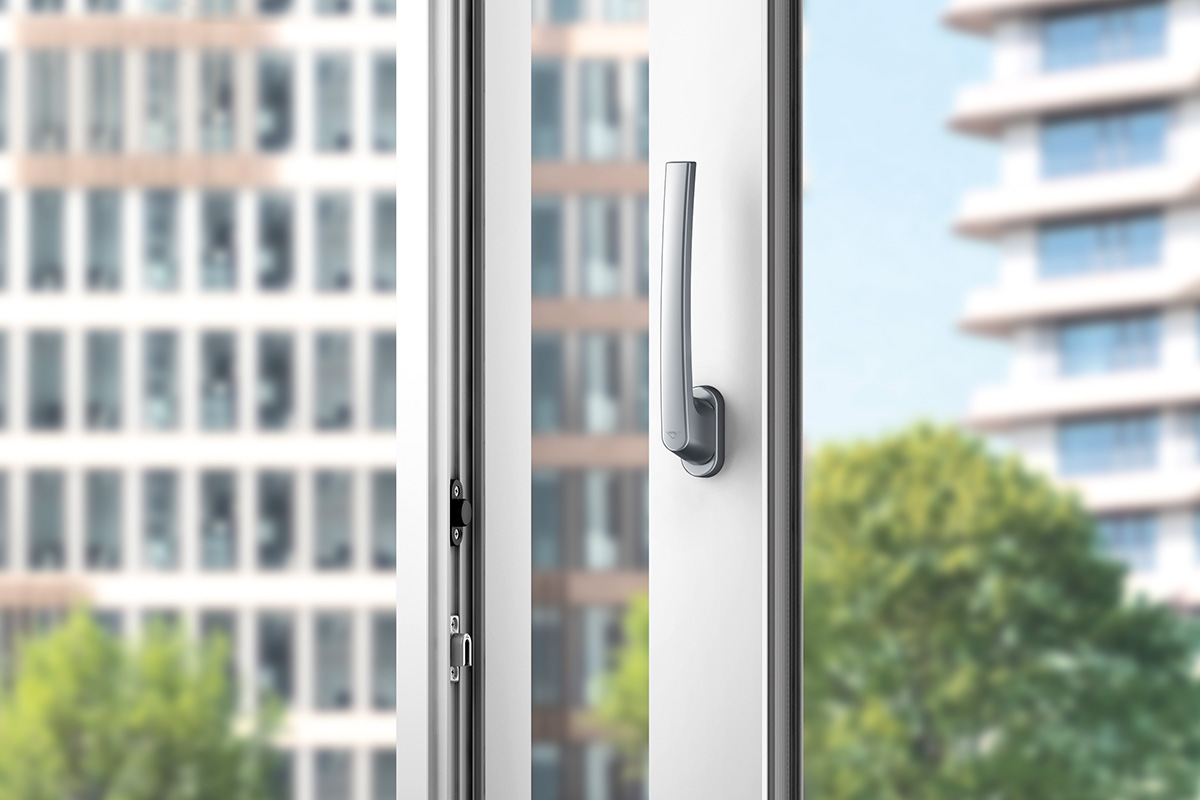
Given the maximum loading of 400 kg, is Patio Inowa 400 mainly aimed at aluminium and timber manufacturers?
“Another great thing about Inowa is that it is a multi-material system, equally suitable for aluminium, timber or PVC. It is true that at the maximum load we would not expect to see PVC frames, but the system can be very useful for PVC fabricators when they need to make units just over the 200 kg limit of the original version. The smoothness of the revised bearing technology also makes Patio Inowa 400 a desirable “premium model”.”
“Another great thing about Inowa is that it is a multi-material system, equally suitable for aluminium, timber or PVC. “
Earlier you mentioned how technology from Tilt&Turn is being brought across to other product groups to create synergies. Do you have any examples of this?
“Another new development you can expect to see soon is Door Safe H650. This is designed mainly to suit another marketplace but it can have advantages here in Western Europe.
Essentially, when our door systems are used in extreme cold climates it is common to fit corner drives so that locking points can be placed on the horizontal part of the door to make a tighter weather seal.
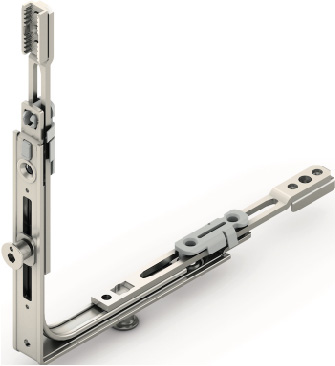
Our corner drives from Tilt&Turn work fine for this, but there is a slight issue of compatibility, because on our door locks, there is 20mm of travel in the drive rods. The corner drives allow this amount of movement, but the pre-set pins are for hardware with 18mm of travel.
For this reason, when fabricators fit a corner drive to a door lock they first have to break the pre-set pins before connecting it. This slows down production and also creates a risk of mistakes happening.
The new Door Safe H650 will have 18mm of travel in its drive linkage, so it will be possible to connect a corner drive in its brand new state and break the pre-set pins in the proper way: by operating the hardware when everything is fitted and screwed on.”
Will this make a difference for customers in Western Europe?
“It makes no difference in terms of the way they are fitting the locks right now. Sizes and routing positions remain identical, so do the strikers. The ability to fit a corner drive so simply can be useful, especially in Scandinavia where such locks are used on balcony doors. Fabricators anywhere may also use corner drives on flood-proof doors.”
Was this an opportunity to make any other changes?
“Yes, and we like to make more than one adaptation at a time if we can, because it creates cost savings if you cover several changes in one overall project. With the Door Safe H650 we took the opportunity to upgrade the internal mechanism of the main lock case. The maximum force that can be placed on the mechanism is currently equivalent to 15 kg. This will increase to 20 kg. Again, no change for the fabricator but the lock will be even more resilient to damage.”
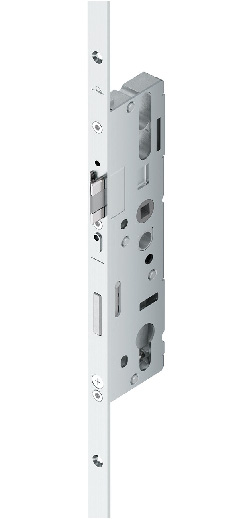

What is the best way for customers to find out about product improvements?
“If they are not already, we always recommend that customers sign up for our email list. We send out new product information downloads as soon as they are available, and you also get the monthly newsletter with links to Roto More.
Also, please keep talking to your Roto representative because the benefits go both ways. When customers tell us about the issues they are experiencing –– big or small –– what they would like to have or the markets they would like to reach, this is where the ideas come and the product development begins.”
Book a consultation.
Catch up with your local Roto representative. Fill in your details here and they will be in touch to arrange it with you.
By completing and submitting the form below, you agree to our privacy policy.
